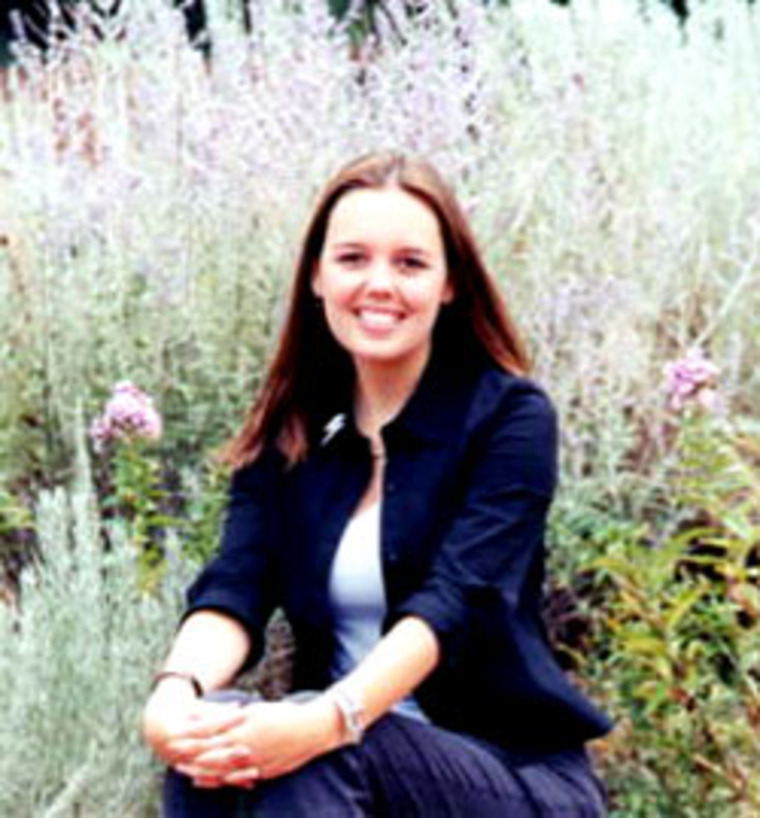Nicole Kempf

Nicole Kempf, co-sponsored by the University of Arizona Atmospheric Sciences Department.
Students repeatedly practice fire drills, tornado drills, earthquake drills, and people know how to evacuate in case of a hurricane. However, little is taught about how to avoid being struck by lightning. As a second year Master's student studying the relationships between lightning and precipitation, I have learned that lightning is the second leading cause of death due to weather in the United States, with approximately 100 people killed and 750 injured each year (Harms, 2001). Because of this, I want to educate children, and the public as a whole, on why lightning is so deadly and what can be done to prevent a flash from hurting them. One way I intend to do this is through my participation in the Thunderstorm Observations and Research (ThOR) project. I have been involved in making simple lightning sensors and counters. Young students will be able to build such a sensor and use it to make measurements of when, where, and how many lightning flashes occur near their school. Teachers will then be able to teach about electricity and lightning, and most importantly, lightning safety. For older students in high schools, I have demonstrated that one can use a web cam to record lightning images and the sound of thunder. The students can then use these images to study various characteristics of lightning.
By allowing students to take a hands-on approach, they will be more excited about learning the material because they have taken an active role in putting the equipment together and seeing the data that they themselves have acquired. Instead of just listening to a teacher lecture to them, children will learn about the scientific method by actually performing the steps involved. I will try to have these sensors, along with the training material for teachers on how to build and use them, implemented into the GLOBE program, which currently uses the Internet to connect schools from around the world who collect various weather measurements. I hope to take an active roll in this process and help the teachers during their GLOBE training or by visiting schools and having discussions about lightning with the children. Weather is such an exciting topic and with the right instruction and hands-on activities, students will be eager to learn about the ways in which our atmosphere, and science as a whole, works and will take this knowledge along with them on their journey through life.
Harms, D., W. Roeder, R. Vavrek, F. Brody, and J. Madura. Lightning Safety for Schools, Amer. Meteor. Soc. 10th Symposium on Education, Albuquerque, NM, 2001.

